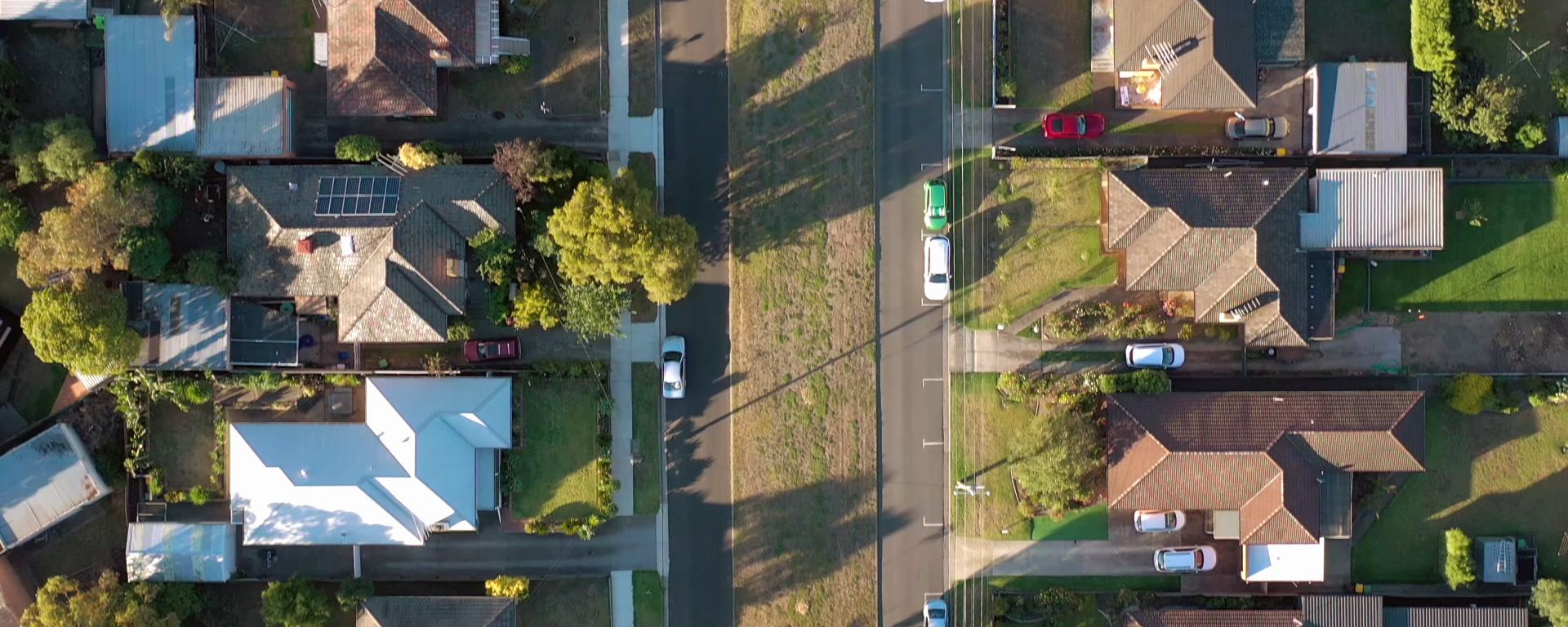Fixed rates are plunging, but beware locking in too soon.
How soon and how far will rates fall? It’s once again the million-dollar question as banks spy rate cuts on the horizon and begin slashing fixed rates to lock in borrowers.
In January 2024, the average variable rate for new home loans was 6.3 per cent, according to the Reserve Bank, while cuts to fixed rates have seen some fall below 6 per cent.*
The catch, of course, is borrowers who fix too early risk missing out on further falls – and some economists predict there are significant rate cuts to come.
In recent months, fixed-rate loans have been about as popular as anchovy ice cream, accounting for less than 3 per cent of all home lending and refinancing in January 2024.
That’s virtually nothing compared to a few years ago. In June 2021, approximately 45 per cent of home borrowing was on fixed rates as the RBA cash rate bottomed out at 0.1 per cent and Aussies raced to lock in record lows.
With rates at what’s roundly considered to be the peak of the cycle, it’s understandable no one’s really been rushing to fix. But in anticipation of the RBA entering an easing cycle, some lenders have started bumping up variable rates for new customers and cutting fixed rates.
Check the forecasts
While it’s impossible to pick the top and bottom of interest-rate cycles with certainty, looking at how experts expect things to play out provides a good gauge.
As of May 2024, economists from the big four banks (CommBank, Westpac Bank, NAB and ANZ Bank) have forecast RBA rate cuts of between 50 and 100 basis points (in normal speak that’s 0.5 to 1 per cent) over the period to August 2025.
With a cooling economy, the big four banks are predicting the RBA will begin cutting rates later this year.
CommBank has said they expect the RBA’s cash rate target to drop through 2025 leading to a cash rate of 3.1 per cent by the end of next year.** If passed on in full – which is never a given – bank home loan rates could drop from mid-6s to averages just over 5 per cent.
In contrast, an economist at a non-major bank has recently predicted increases to the cash rate later this year. These forecasts are constantly changing as new economic data is released. The RBA itself has been very clear that as the economy moves, they will too. They have repeatedly said they are not ruling anything in or out. It is important to keep an eye on these forecasts and factor them in when considering whether to jump to a fixed rate.
What to weigh up
Aside from economic forecasts, borrowers’ individual circumstances are also part of the equation. Some questions to consider include:
Running calculations for multiple scenarios isn’t simple, so a broker is a good starting point to war game different options. It can help to get ahead of the game so you can work out what numbers make sense and be ready to jump if any fixed rate offers line up.
Split the difference
A growing trend for homeowners looking to hedge their bets is a split loan, where a portion is fixed and a portion variable. How borrowers work the split is flexible.
Again, a broker can help run the numbers on how different options could work. Splitting a home loan allows borrowers the flexibility to make extra repayments and use offset accounts (against the variable portion) while taking advantage of potentially lower rates (on the fixed portion).
If you’d like to find out the latest fixed rates loans offers, get in touch now.
* Muroi Millie, ‘Tide has turned’: Banks start to cut fixed rates, Sydney Morning Herald, 2 February 2024.
** Interest Rate Predictions & Forecast Australia | RateCity






